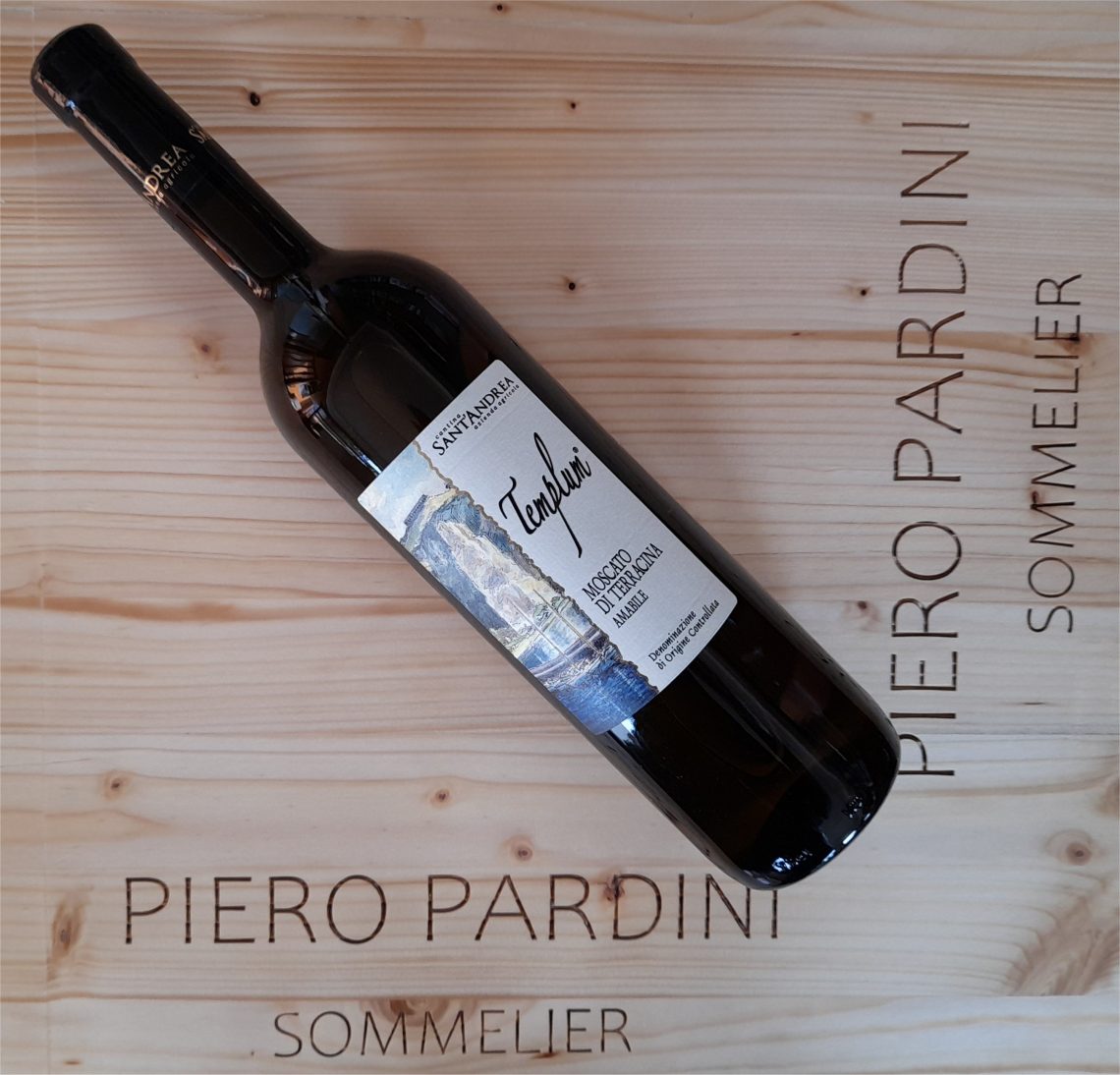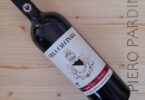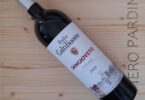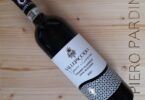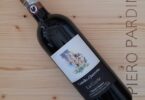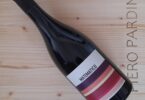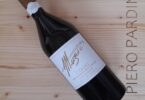The Wolf Post offers a professional service with free access, without subscription.
For this reason, a donation would also be a sign of appreciation for our work.
Credits: © Piero Pardini – The Wolf Post
In the mid-nineteenth century, on a small island in southern Italy, Pantelleria, Andrea I Pandolfo, great-grandfather of the current owner Gabriele, began planting vines and producing wines based on Zibibbo grapes. In 1880, Andrea I, sold the small vineyards of the island and bought 60 hectares of virgin land in the north of Tunisia and, more precisely, in Khanguet Gare, in Cape Bon.
The first vines were planted, the first grapes were harvested and, in the early 1900s, Andrea I, flanked by his son Giovanni in his family cellar, began to produce quality wines so much that ships loaded with his wine left from the port of Tunis to serve the best markets in France. In 1938, Andrea II, son of Giovanni, just sixteen, took over the reins of the company and continued, with courage and effort, to increase the fame and quality of the wines. Unfortunately, a terrible disease, phylloxera, arrived in Tunisia, destroying all the vineyards of the company. The dried vines were cut, burned and the coal obtained was sold to the general markets of Tunis. Those were very hard years. The first grafted cuttings resistant to the disease arrived from France and the red and desolate soils began to recolor themselves with green vine leaves and generous bunches of grapes.
On May 12, 1964, the then president of Tunisia, Harbib Bourghiba, with a measure that went down in history, expropriated all the assets and properties of foreigners in Tunisian land. From one day to the next all the work and sacrifices of a life were canceled and the Pandolfo family had to leave the country and divide between France and Italy. Andrea II, then 42 years old, with his wife Elena and their children decided to come to Italy and buy a small farm, 1720 in via Renibbio near Terracina, to start working that hated beloved land again and harvest, with the 1968 harvest , the first grapes to be vinified. The first customers, the first bottles with handwritten labels, the first chestnut barrels and the cellar began to enter the first Pontine wineries. In 1976, Andrea II Pandolfo passed away and his young children, flanked by their mother Elena, decided to continue that dream begun 150 years ago by Andrea I in a small vineyard in Pantelleria.
Owner: Gabriele Pandolfo
Oenological management: Gabriele Pandolfo
Agronomic management: Gabriele Pandolfo
Viticulture: conventional
Vineyard hectares: 100
Bottles produced: 1,000,000
Direct sales: yes
Visits to the company: yes
EVOO production: yes
Foundation year: 1963
Wine: Templum
Alcoholic strength: 12% vol.
Variety composition: 100% Moscato di Terracina.
Classification: D.O.C ..
Vintage: 2019.
Geographical position of the grapes: Municipality of Terracina; the vineyards are 7 to 12 km from the sea.
Soil type: medium-textured with a prevalence of red clays, typical of the hills around Terracina.
Yield per hectare: 90 quintals
Harvest: first ten days of October.
Vinification, Maturation and Aging: delicate crushing-destemming, short cryo maceration of a few hours and very slow fermentation at a controlled temperature. Upon reaching the adequate sugar residue, the wine is refrigerated, filtered and left to rest in small temperature-controlled steel tanks. The subsequent decanting and constant temperature control maintain in this sweet wine all the flavor and aromas of the grape from which it comes.
Serving temperature: serve cool 8° – 10° C.
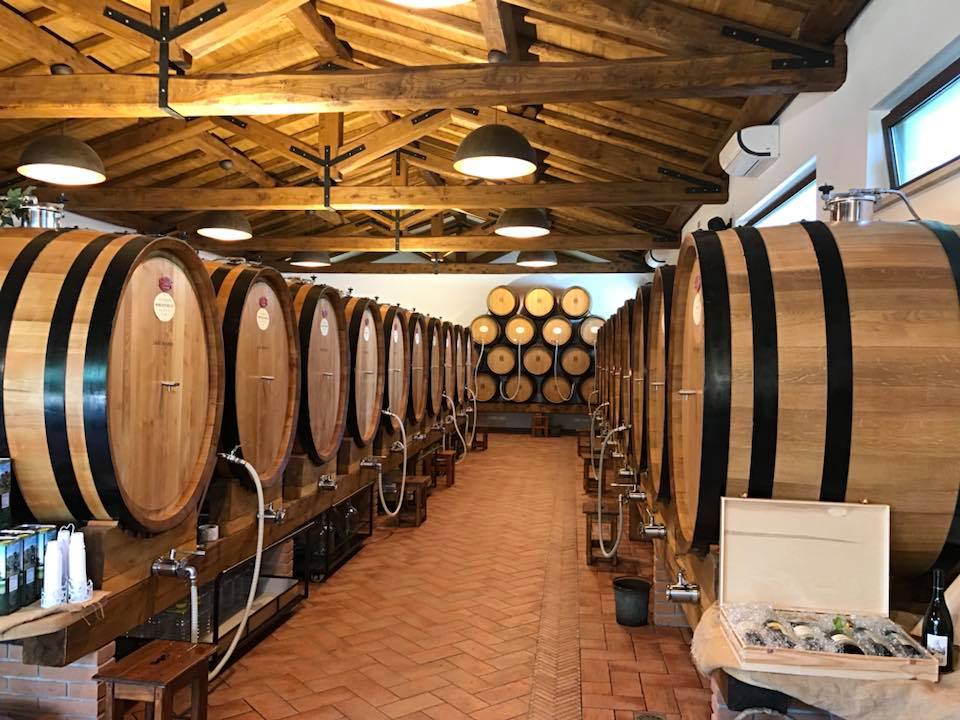
© Cantina Sant’Andrea
Visual exam
Clarity: Crystal-clear
Color: straw yellow
Consistency: consistent
Observations: lively with light golden reflections.
Olfactory examination
Intensity: intense
Complexity: moderately complex
Quality: fine
Description: aromatic, floral, fruity and herbaceous
Remarks: the aromatic notes of muscat introduce addictive floral aromas reminiscent of jasmine and calendula, followed by an aroma of exotic fruit ranging from lychee, mango to passion fruit, but also hints of peach in syrup, with honey and herbaceous notes of lemongrass, musky and balsamic finish.
Taste – olfactory examination
Sugars: sweet
Alcohols: moderately warm
Polyalcohols: smooth
Acids: moderately fresh
Tannins: – – –
Minerality: moderately mineral
Structure: full-bodied
Balance: moderately balanced
Intensity: intense
Length: long
Quality: good
Remarks:
Final remarks
State of Evolution: ready
Harmony: moderately harmonious
Observations: A wine with captivating aromas, sweet, but not cloying, the soft parts are predominant to the taste. Intense, persistent and of quality.
Rating:
![]()
Pairing: Torta della nonna (grandma’s cake).
Cantina Sant’Andrea
Via Renibbio, 1720 – Località Borgo Vodice
04019 Terracina (LT)
Phone +39 0773 755028
E-mail: info@cantinasantandrea.it
Website: www.cantinasantandrea.it


